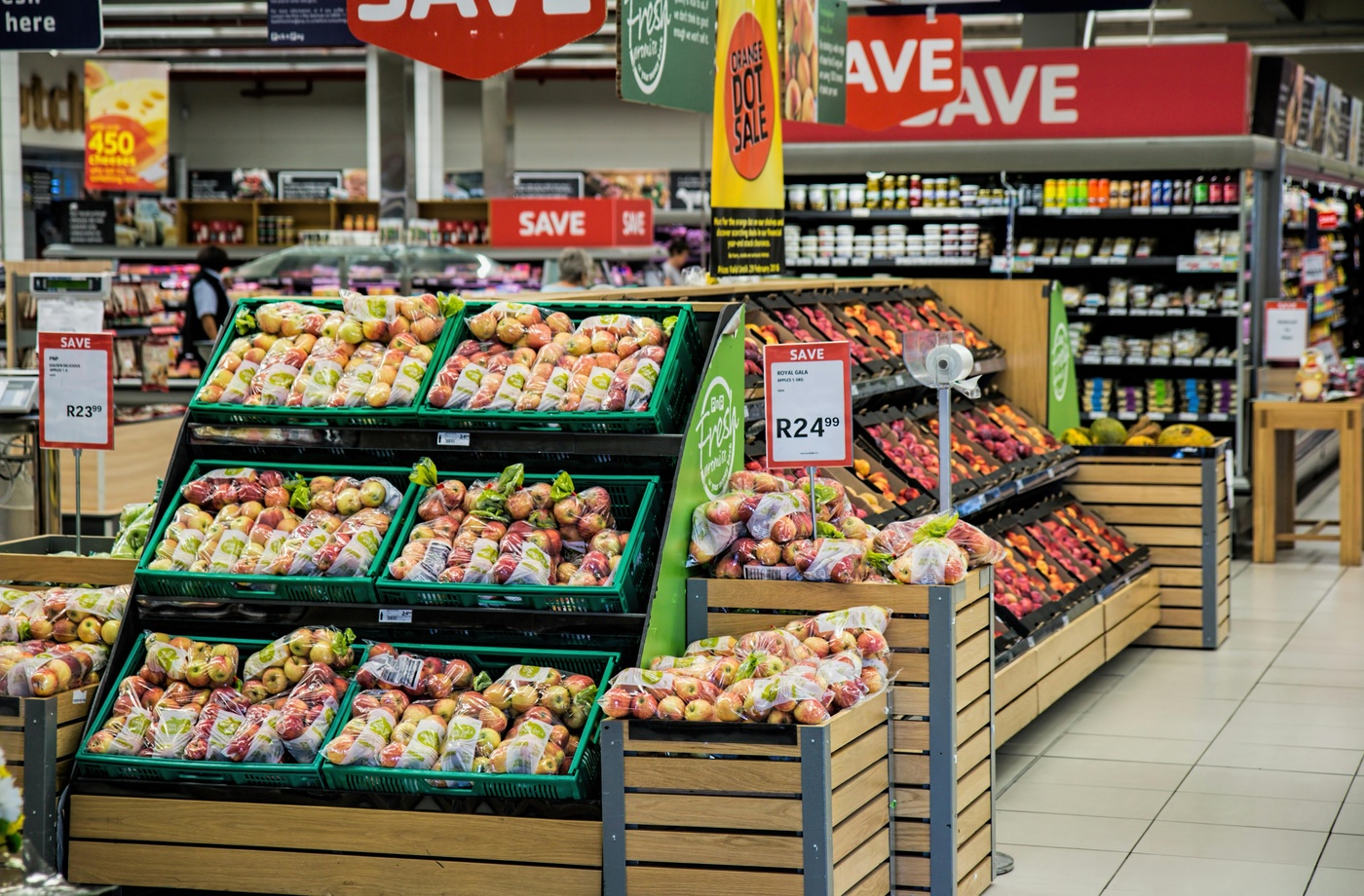Eating seasonally isn’t just a culinary trend—it’s a sustainable, health-conscious practice rooted in tradition. When you choose ingredients that are naturally in season, you’re eating foods at their peak flavor, supporting local agriculture, and reducing your environmental footprint. For rustic home cooks, it also means cooking in harmony with nature and embracing variety throughout the year.
What Is Seasonal Eating?
Seasonal eating involves consuming produce that’s naturally harvested during a given time of year in your region. Think fresh strawberries in early summer, hearty root vegetables in the fall, and citrus in the winter. This approach reconnects you to local growing cycles and helps guide your cooking choices.
Use the Seasonal Food Guide to explore what’s currently in season based on your state and the month.
Health Benefits of Seasonal Eating
- Better nutrition: Seasonal produce is often more nutrient-dense, as it’s harvested at peak ripeness and doesn’t require long-distance transport or storage.
- Fewer additives: In-season fruits and vegetables are more likely to be free from preservatives and artificial ripening agents.
- More variety: Eating with the seasons encourages you to rotate your meals and try new ingredients as they become available.
Environmental Benefits
- Reduced carbon footprint: Seasonal produce typically travels shorter distances from farm to table, lowering transportation emissions.
- Support for local farms: Buying seasonally often means buying locally, which keeps food dollars in your community and supports small-scale growers.
- Less waste: Seasonal crops require fewer resources, such as synthetic fertilizers or water, and they are less likely to spoil during transport.
How to Start Eating Seasonally
- Shop at Farmers Markets
Farmers markets are one of the best places to find fresh, local produce that aligns with the season. You can also support your community while discovering new ingredients.
- Use Seasonality as Your Meal Plan Guide
Base your meals on what’s currently available. For example, make hearty squash soups in autumn or citrus salads in winter. This approach not only ensures freshness but also helps reduce food costs.
- Preserve in Peak Season
Buy extra when items are abundant and preserve them through canning, drying, or freezing. This keeps seasonal flavors in your pantry year-round.
- Save While You Shop
Stretch your seasonal grocery budget by earning cashback with apps like Fluz, Rakuten, and Ibotta. You can buy discounted grocery gift cards through Fluz and use them at major retailers to maximize your savings without changing where you shop.
Seasonal Eating is a Mindful Shift
Incorporating seasonal eating into your lifestyle takes time, but it’s a deeply rewarding habit that promotes wellness, sustainability, and culinary creativity. As you tune into the rhythms of the harvest, your meals become more flavorful—and your food choices more meaningful.



